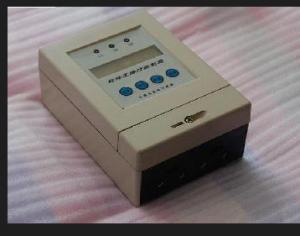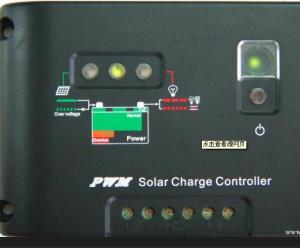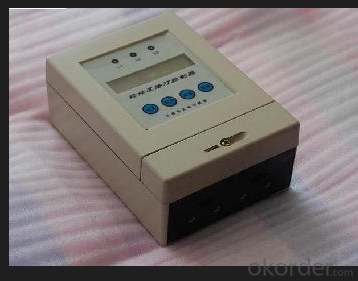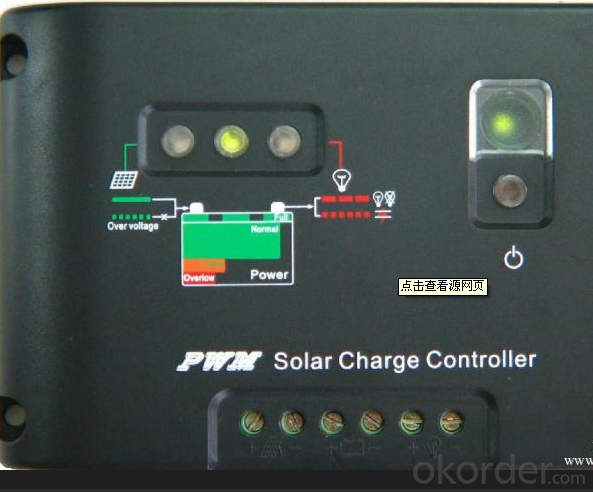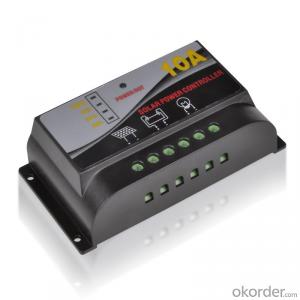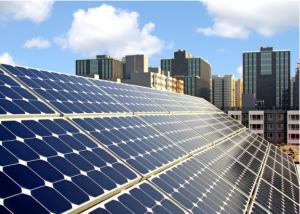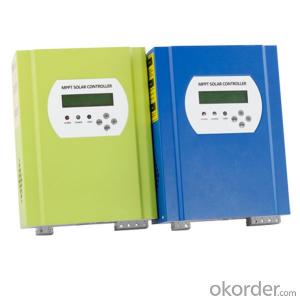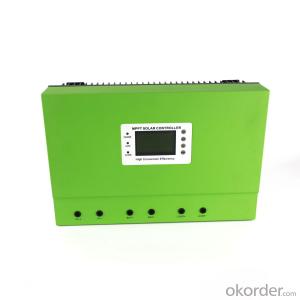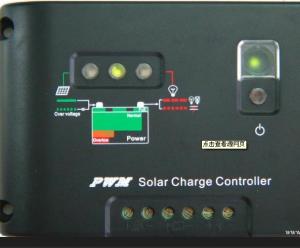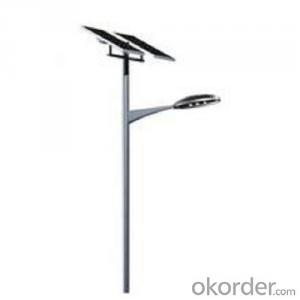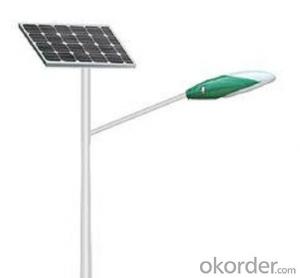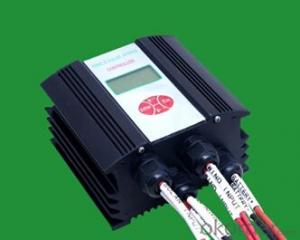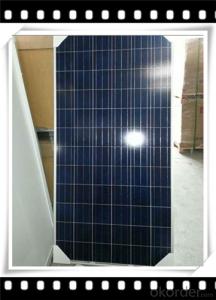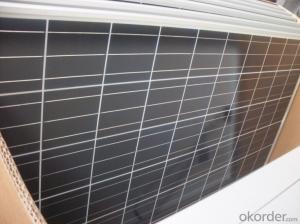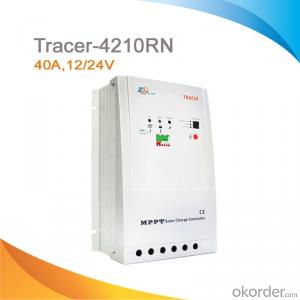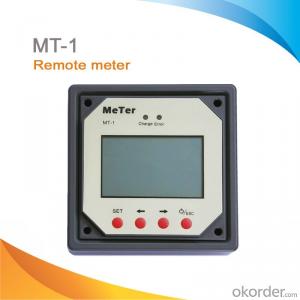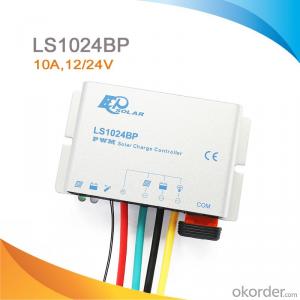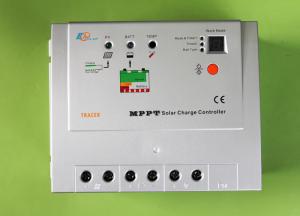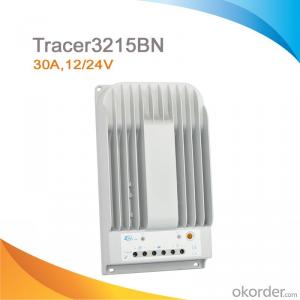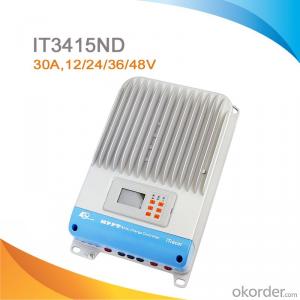Solar Panel Charge Controllers PV Street Light Controller from China CNBM
- Loading Port:
- China Main Port
- Payment Terms:
- TT or LC
- Min Order Qty:
- -
- Supply Capability:
- -
OKorder Service Pledge
OKorder Financial Service
You Might Also Like
Description
CNBMSOLAR is a world-leading and Vertical integrated manufacturer of high-performance with Silicon,
Wafer, Cells, Modules, which convert sunlight into electricity for residential, commercial, and utility-scale
power generation.
The capacity of CNBMSOLAR is reach to 1GW, and make sure each year our shipment capacity is more
Than 700-800MWs, at the same time, we have set up the largest solar power station with our partner
in Ukraine.
CNBM is a Quality + Service oriented company with“Excellence at Each Step” approach, composed of
the finest components from TUV and IEC-certified partners around the world, CNBM modules consistently
undergo a variety of trials at the company’s Test & Development Centre, ensuring peak performance
capabilities. The company is committed to develop and provide the world with clean and renewable energy
to ease the energy shortages as well as human kind’s impact on the environment.
Data:
Model | GSR-1010CL-TAW | GSR-5010CP-TAW | |
Rated Capacity(A) | 10 | 10 | |
Rated Voltage(VDC) | 24 | 24 | |
Max.load current(A) | 10 | 10 | |
Max.charging current(A) | 10 | 50 | |
Charge Loops | 1 | 1 | |
Load Loops | 1 | 2 | |
Max. Open Circuit Voltage(VDC) | 50 | 50 | |
Overcharge protection | 28.4 | 28.4 | |
Overdischarge protection | Switch-Off | 21.6 | 21.6 |
Resumption | 26.4 | 26.4 | |
Current Without Load(mA) | 20 | 20 | |
Display | LED | indicator light | |
operating Model | 1.Light control time interval setting | 1.Light control time intervals setting Note:Already set before sent to customers | |
Temperature compensation | No | optional | |
Lightning protection devices(standard) | Varistors Lightning Protection | Varistors Lightning Protection | |
Protection | Overcharge, Overdischarge,overload, short circuit, reverse polarity, lightning arrestor | ||
Protection class | IP20 | ||
Voltage Descent | Between Solar battery and lead-acid battery | 0.7 | 0.7 |
Between lead-acid battery and load | 0.03 | 0.03 | |
Noisy(dB、1m) | ≤50 | ≤50 | |
Operating temperature(℃) | -20~+50 | -20~+50 | |
Storage temperature(℃) | -25~+55 | -25~+55 | |
Operating humidity | 0~95%(non-condensing) | 0~95%(non-condensing) | |
Operating Altitude(m) | ≤5000 | ≤5000 | |
Reference diamension(DxWxH)mm | 80×130×28 | 96×130×50 | |
Reference weight(Kg) | 0.5 | 3.0 | |
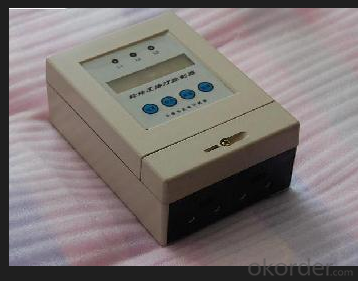
FAQ:Pls introduce more about CNBM
CNBM Group is short for China National Building Materials Group Corporation, which is established in 1984 with approval from the State Council
CNBM Group is the largest comprehensive building materials industry group in China
The Group has a total asset of over RMB 360 billion, more than 180,000 employees and 17 subsidiaries
- Q: Can a solar controller be used with solar-powered outdoor signage?
- Yes, a solar controller can be used with solar-powered outdoor signage. A solar controller helps regulate the charging and discharging of batteries in a solar power system. It ensures that the batteries are charged efficiently using the solar panels and prevents overcharging or undercharging. Therefore, using a solar controller is crucial for maintaining the proper functioning and longevity of solar-powered outdoor signage.
- Q: How do I determine the maximum solar panel input current for a solar controller?
- To determine the maximum solar panel input current for a solar controller, you need to consider a few factors and perform some calculations. Here are the steps you can follow: 1. Check the specifications of your solar controller: The maximum solar panel input current is usually mentioned in the product specifications provided by the manufacturer. Look for the "Max Input Current" or "Max PV Current" rating. This value represents the highest current that the solar controller can handle. 2. Determine the maximum current rating of your solar panels: The maximum current rating of your solar panels can typically be found in their specifications or datasheet. Look for the "Imp" (maximum power current) or "Isc" (short-circuit current) rating. This value represents the maximum current that the solar panels can generate under optimal conditions. 3. Consider the total number of solar panels in your system: If you have multiple solar panels connected in series or parallel, you need to account for the combined current they generate. For series connections, the current remains the same, but for parallel connections, the current adds up. 4. Check the voltage compatibility: Ensure that the voltage output of your solar panels aligns with the voltage input range of your solar controller. If the voltages don't match, you may need to use a voltage converter or select a different solar controller. 5. Perform calculations: Multiply the maximum current rating of a single solar panel (Imp or Isc) by the number of panels in the system. If you have parallel connections, add up the currents, but if you have a series connection, the current remains the same. 6. Compare the calculated current with the maximum input current rating of the solar controller: If the calculated current is lower than or equal to the maximum input current rating of the solar controller, then it is compatible. However, if the calculated current exceeds the maximum input current rating, you will need to either reduce the number of panels or select a different solar controller with a higher input current rating. Remember to always consult the product manuals, datasheets, or contact the manufacturer for accurate and specific information regarding your solar panels and solar controller.
- Q: How does a solar controller protect against short circuits?
- A solar controller protects against short circuits by continuously monitoring the current flow and voltage of the solar panels. If a short circuit occurs, the controller quickly detects the abnormal increase in current and shuts off the circuit to prevent damage to the solar panels or other connected devices.
- Q: What is the operating temperature range of a solar controller?
- The operating temperature range of a solar controller typically varies depending on the specific model and manufacturer. However, most solar controllers are designed to operate within a temperature range of -20°C to 60°C (-4°F to 140°F). These temperature limits ensure that the controller can effectively regulate the flow of electricity and manage the charging and discharging of the battery in various weather conditions. It is important to note that extreme temperatures, especially on the higher end of the range, may affect the efficiency and performance of the controller, so it is advisable to install the controller in a well-ventilated, shaded area to minimize any potential heat-related issues.
- Q: How do I choose the right solar controller for my system?
- When choosing the right solar controller for your system, there are a few key factors to consider. First, determine the size and voltage of your solar panel array, as this will influence the type and capacity of controller you need. Next, consider the system's load and the amount of power it requires, ensuring the controller can handle the necessary current. Additionally, assess the environmental conditions and temperature range of your location to select a controller with appropriate capabilities. Lastly, check for additional features such as LCD displays, adjustable settings, and communication capabilities, based on your specific needs and preferences.
- Q: Solar controller use
- And then anti-backlash protection, short circuit protection, overcharge and over discharge protection
- Q: What are the types of solar controllers?
- There are primarily three types of solar controllers: PWM (Pulse Width Modulation) controllers, MPPT (Maximum Power Point Tracking) controllers, and basic on-off controllers. PWM controllers are the most common type and are suitable for small to medium-sized solar systems. They regulate the voltage output from the solar panels by rapidly switching the power on and off, maintaining a constant voltage for the battery. PWM controllers are affordable, easy to use, and provide good efficiency for most applications. MPPT controllers are more advanced and efficient than PWM controllers. They track the maximum power point of the solar panels by adjusting the voltage and current to match the battery requirements. This enables MPPT controllers to extract the maximum amount of power from the solar panels, especially in low-light or partially shaded conditions. MPPT controllers are ideal for larger solar systems and can significantly increase the overall efficiency and power output. Basic on-off controllers are the simplest type and are usually used in very small solar systems where cost and complexity are major concerns. They directly connect the solar panels to the battery, and when the battery reaches its full charge, the controller disconnects the panels to prevent overcharging. While these controllers are inexpensive, they offer limited functionality and are not as efficient as PWM or MPPT controllers. The choice of solar controller depends on the size of the solar system, available budget, and desired efficiency. It is important to select the appropriate controller to ensure the optimal performance and longevity of the solar system.
- Q: What is the maximum communication distance of a solar controller?
- The maximum communication distance of a solar controller can vary depending on various factors such as the type of controller, the communication protocol used, and the quality of the transmission equipment. However, in general, the maximum communication distance for a solar controller typically ranges from a few meters to several hundred meters.
- Q: Can a solar controller be used with a solar-powered remote cabin or cottage?
- Yes, a solar controller can be used with a solar-powered remote cabin or cottage. A solar controller regulates the flow of electricity from the solar panels to the batteries, preventing overcharging and ensuring the batteries are charged efficiently. It is an essential component for managing and optimizing the solar power system in a remote cabin or cottage.
- Q: Can a solar controller be used with both 12V and 24V systems?
- Yes, a solar controller can be used with both 12V and 24V systems. Most modern solar controllers are designed to be compatible with multiple voltage systems and have the ability to automatically adjust their settings based on the voltage of the system they are connected to.
Send your message to us
Solar Panel Charge Controllers PV Street Light Controller from China CNBM
- Loading Port:
- China Main Port
- Payment Terms:
- TT or LC
- Min Order Qty:
- -
- Supply Capability:
- -
OKorder Service Pledge
OKorder Financial Service
Similar products
Hot products
Hot Searches
Related keywords
